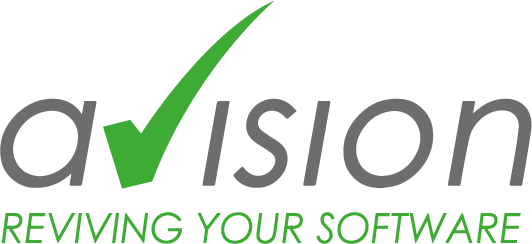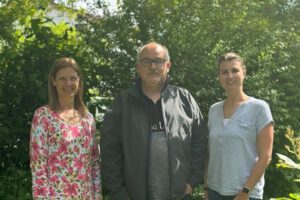Legacy applications do not necessarily have a particularly good reputation, even though they have performed their service faithfully and reliably for many years. It’s time to do away with the biggest prejudices – because many old applications deserve a second chance.
For many developers, the mere mention of the term legacy software conjures up images of dusty CRT monitors, Fortran 77 and unreadable code from the distant past. Legacy applications do not deserve this negative image. At least not all of them. The legacy software drawer, in which old programs often end up, is quickly opened, but in many cases wrongly. They should be handled with care, as there is great potential for saving resources and costs.
A look back: Not so long ago, the IT industry started to build ever larger applications that were supposed to fulfill more and more requirements as they became more complex. Ambitious development teams have since moved on to replace these somewhat graying applications – with even larger applications. And while companies are only too happy to tell the public about successes in this area, the many failed projects are usually never heard of again. For this reason, it is almost impossible to quantify the number of failed replacement attempts, but it is probably not exactly small – which has to do with the complexity of these projects. This is another reason why legacy software deserves a second chance and doesn’t have to end up in the digital dustbin. Because when it comes to solving company-specific tasks, in-house software is unbeatable – not even ready-made external products.
Companies should rather focus on modernizing their old applications step by step where necessary after a comprehensive inventory. If business processes remain unchanged, developers do not need to change the logic, but perhaps the user interfaces need a new coat of paint and simpler operation? The programming language used does not have to be the latest, usually short-lived trend either. As long as it is C and not COBOL, there will be enough developers who can work with the code.
Of course, even with old applications, there is a point of no return at which new software is required. Companies then often like to go straight for a ready-made, off-the-shelf solution. However, those who do not completely write off their applications can quickly discover that partial modernization can work wonders and, in addition to considerable cost savings, also entails fewer risks and meets with greater acceptance among employees – after all, in this case they do not have to replace the entire system and relearn it.
So let’s not throw away our software veterans without thinking, let’s rather give them a new chance with technological lifts. After all, a refurbishment is often enough before developers have to rewrite the entire project.
This press release can also be found at www.pr-com.de/de/avision
Press contact
Avision GmbH
Christina Karl
Marketing
Bajuwarenring 14
D-82041 Oberhaching
Tel. +49-89-623037-967
christina.karl@avision-it.de
PR-COM GmbH
Melissa Gemmrich
Sendlinger-Tor-Platz 6
D-80336 München
Tel. +49-89-59997-759
melissa.gemmrich@pr-com.de



